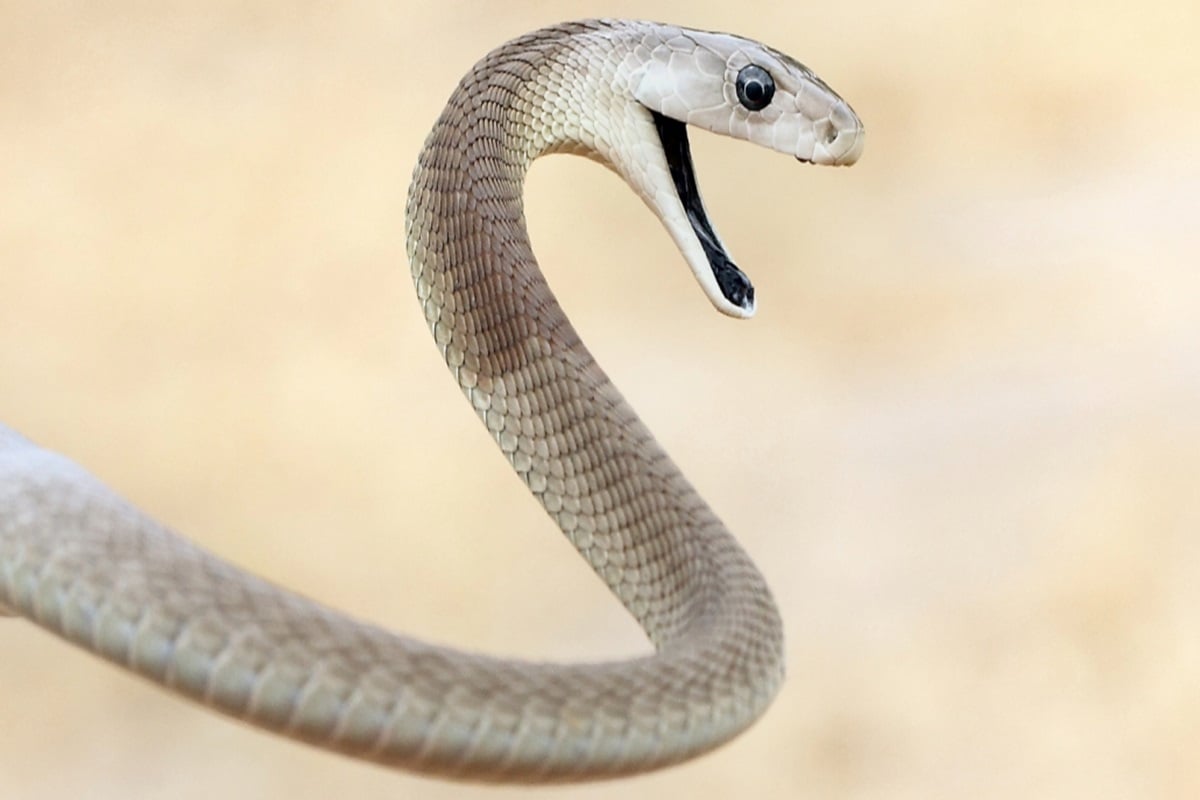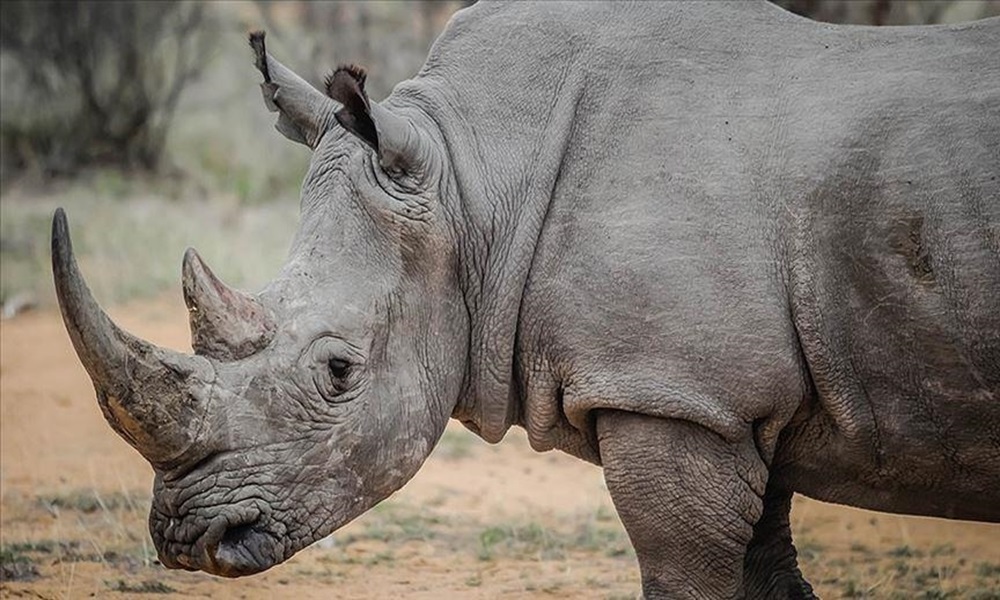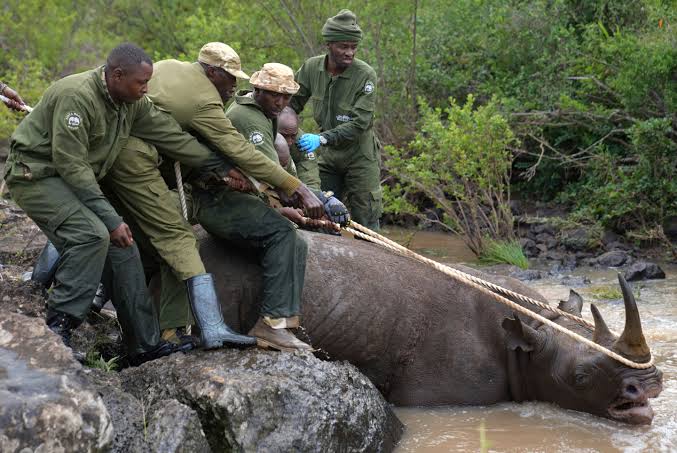Conservation medicine says chemists and pharmacists can help stop animals from dying out. Timothy Cernak is a professor at the University of Michigan and she thinks medicinal chemistry is crucial for saving animals. Cernak’s lab isn’t just about making medicine for people. They also want to help animals like fighting deadly fungus hurting frogs.

Cernak wants everyone including high school students to join in saving animals. He mentions gorillas and birds like the akikiki from Hawaii are in danger. He believes using medicinal chemistry can quickly help sick animals, like the Panamanian golden frogs.
Cernak wants big drug companies and young scientists to get involved. He is working hard to get money for research and show why this is important. He talks about sea lion pups dying from the flu, showing how animal diseases can affect people too.
Cernak wants chemists and pharmacists to work with vets and conservationists to save lives and nature. He believes in “One Health Pharmacy,” where everyone’s health is connected. Cernak thinks technology like AI can help find medicines faster for both people and animals.
He hopes in the future we can use medicine to help sick animals and stop extinction. This new way of helping animals shows how different fields can work together for a better world for everyone.






